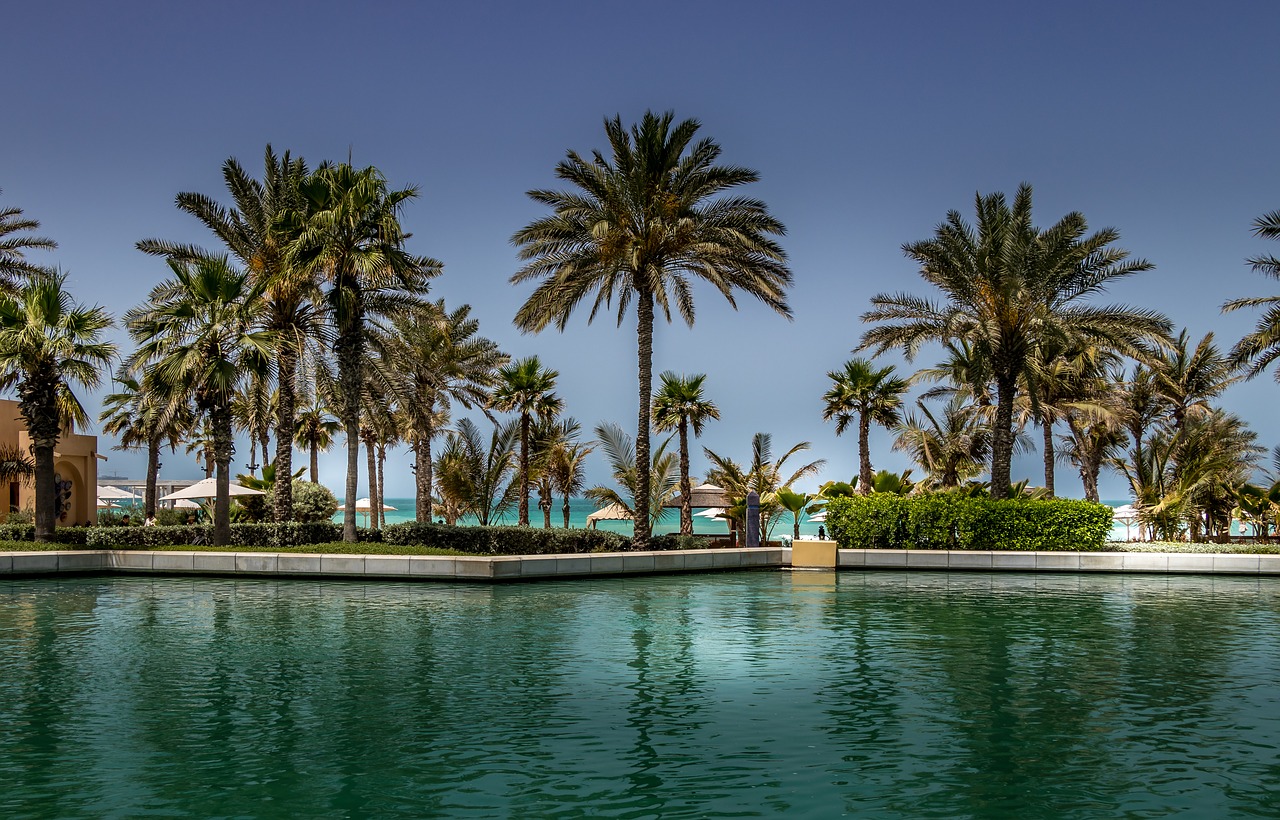The standard of living among citizens of a country is often in direct correlation with the quality of that country’s infrastructure. Generally, countries with strong infrastructure (whether in sectors such as transport or defense) and high levels of infrastructure investment have a relatively high gross domestic product (GDP).
In November 2020, Statista Research Department published the World Economic Forum’s (WEF) ranking of countries based on their quality of infrastructure as of 2018. Singapore ranked No. 1 with a score of 95.4 out of 100. Scores were calculated on criteria including airport connectivity, quality of roads, linear shipping connectivity, and electrification rate.
Rounding out the list’s top five were the Netherlands, Hong Kong, Switzerland, and Japan. The following four Middle East nations were among the top 31 countries.
United Arab Emirates
Sandwiched between the United Kingdom and the United States, the United Arab Emirates (UAE) came in at 11th on the WEF list with a score of 88.5. It was ranked fourth on WEF’s 2017 list, but this most recent list was undertaken with a drastically different methodology. Despite ranking 29th in GDP at $383 billion, the UAE has recently prioritized infrastructure development.
The country, which is home to the tallest structure in the world, has invested hundreds of millions of dollars in new road construction and existing road network upgrades over the past four years. It also invested more than $136 million to develop the Port of Fujairah in 2017. This involved the deepening of berths and the creation of a 300,000-square-meter storage yard.
“Fujairah Port is one of the key economic, commercial, and logistics hubs not only in the emirate but in the entire nation, on account of its important strategic location overlooking the Pacific Ocean, at the crossroads of shipping lines between East and West,” noted Abu Dhabi Ports Company chairman Dr. Sultan bin Ahmad Sultan Al Jaber at the time of the announcement. “The development of the port infrastructure will certainly strengthen the port’s position in the world maritime transport map and reinforce the country’s stature as a key strategic and trade destination.”
The UAE also has nine airports spread across 71,000 square kilometers. While its desert location limits its access to natural water resources, the country has around 70 major water desalination plants and intends to enhance accessibility through the Water Security Strategy 2036 project.
Qatar
Qatar ranks 54th in GDP but was 23rd in the WEF infrastructure rankings for 2018 with a score of 81.6, ahead of countries Poland, Canada, and Australia.
The Gulf Cooperation Council (GCC) state has increased its infrastructure spending substantially in recent years to prepare for hosting the 2022 FIFA World Cup. In addition to building eight brand new stadiums to host matches, Qatar approved a record $30 billion in infrastructure projects in 2015. This included multibillion-dollar investments in water security mega reservoir projects and $2 billion to construct part of the Doha Metro, a rapid transit system that was completed and began offering rides in 2019. The Doha Metro also links Qatar to other GCC nations.
Oman
Ranked 46th in the WEF 2017 list, Oman jumped up to 27th under the new ranking methodology in 2018 with a score of 80.5. Boosted by its flourishing construction industry, Oman is among the fastest-growing countries in the world regarding infrastructure development.
An estimated $9.6 billion was allocated for development in 2019, with 29 percent of all private investments for the five-year development plan for 2016 to 2020 set aside for infrastructure. This included the construction of hospitals in Suwaiq, Khasab, and Salalah as well as the completion of multiple water network projects and an expansion to Muscat International Airport. Also included was the implementation of the Al Sharqiyah Expressway, a 191-kilometer road that extends from the Wilayat of Bidbid to the Wilayat Al Kamil Wa al Wafi. It opened in January 2020.
Bahrain
Despite the change in methodology, Bahrain’s ranking didn’t change much as it went from 29th in 2017 to 31st in 2018. The country, which ranks 96th in GDP at $35.43 billion, had a $32 billion infrastructure project pipeline in 2018.
In line with massive government infrastructure projects such as the $1.1 billion Bahrain International Airport modernization program and a combined $2 billion in electricity, water, roads, and sewage projects, Bahrain’s construction sector has noticed substantial growth in recent years.
Some of Bahrain’s more recent infrastructure projects of note include the $4.2 billion Bahrain Petroleum Company modernization and expansion project, a $222 million art exhibition center, and the $3.5 billion King Hamad Causeway. Construction for the latter project, designed to ease traffic congestion on the parallel King Fahd Causeway from Bahrain to Saudi Arabia, began in 2019.

